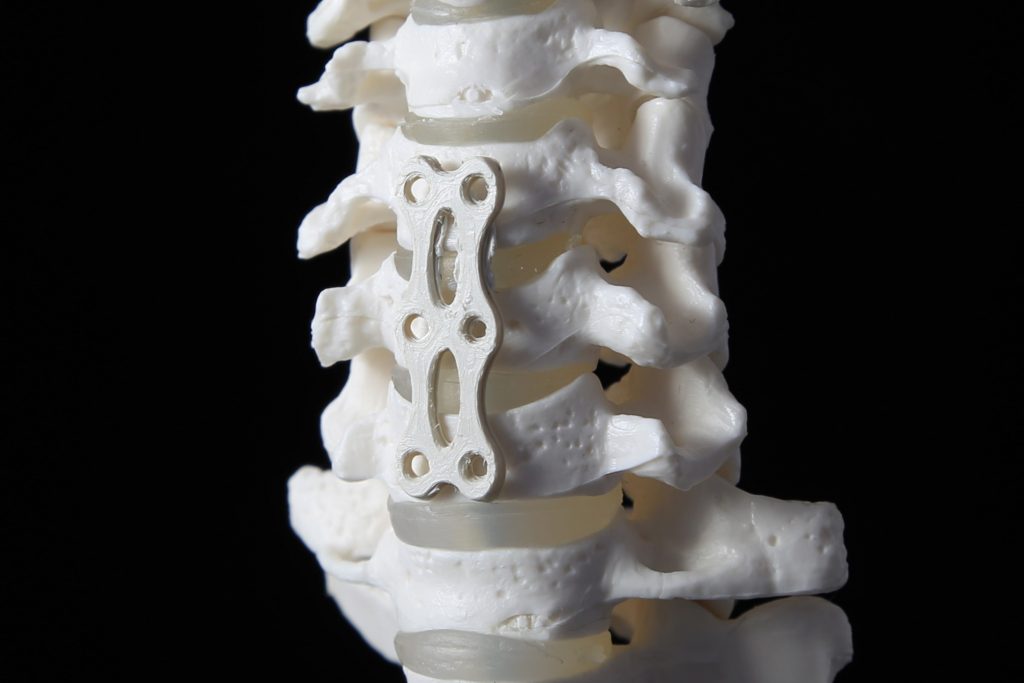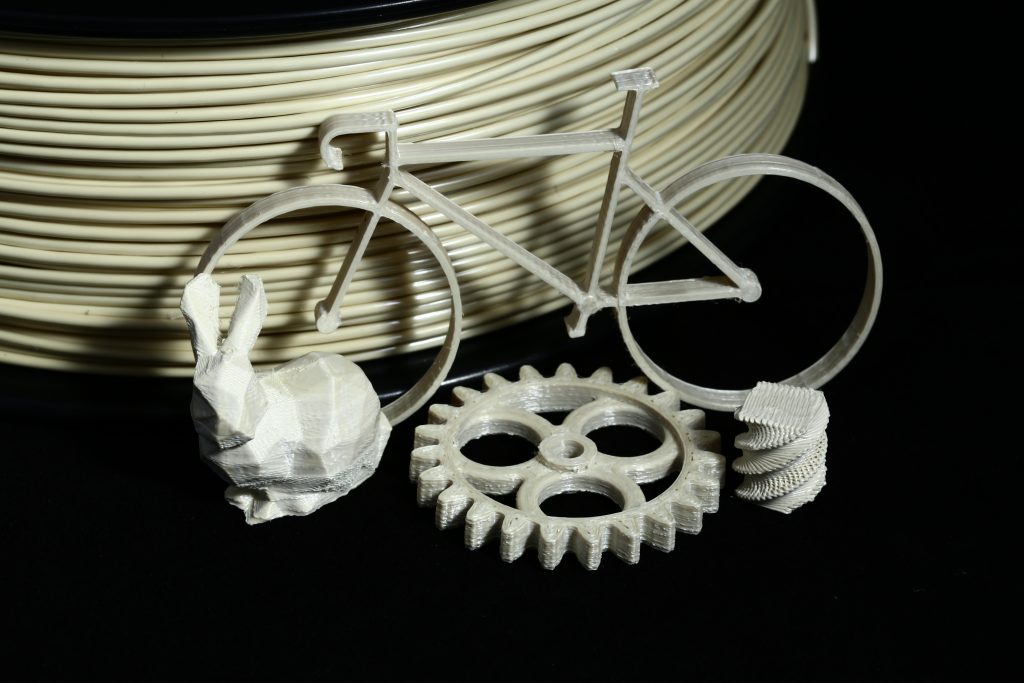Wood and spider silk have inspired the development of a new desktop 3D printable material that reportedly outperforms “state-of-the-art printed polymers”. Developed by a team of researchers at ETH Zürich, Switzerland, this bioinspired material contains liquid crystal polymer (LCP) particles that rival the use of glass and carbon fiber reinforcements.

A more sustainable alternative to carbon fibers
Though a common means of reinforcement, the high stiffness of glass and carbon fibers can make materials brittle. It is also difficult to recycle fiber-reinforced polymers. Looking for a stronger and ecological alternative to these additives, the Complex Materials and Soft Materials groups at ETH Zürich turned to LCPs.
LCPs are a class of aromatic polymers created via melt-processing. They are extremely inert and fire-resistant. In comparison to other polymers, LCPs are also incredibly easy to produce, with a low raw material cost that undercuts carbon fiber manufacturing.

Self-assembling strength
In this latest research from ETH Zürich, the groups used an LCP as a feedstock for a commercially available FFF/FDM 3D printer.
Firstly, when 3D printed, LCP molecules self-assembled in the direction of deposition to achieve unprecedented mechanical properties – likened to the molecular alignment of spider silk.
Secondly, by tailoring the orientation of a part’s print layers, the team were able to 3D print the LCP to account for specific loading conditions, as with wood grain.
Results of the study found that “By orienting the molecular domains with the print path, we are able to reinforce the polymer structure according to the expected mechanical stresses, leading to stiffness, strength and toughness that outperform state-of-the-art 3D-printed polymers by an order of magnitude.”
In addition, the 3D printed LCP proved to be “comparable with the highest-performance lightweight composites.”

Ease of adoption and recycle rate
In terms of sustainability, the team hypothesizes that the LCP 3D printer material could be potentially recyclable as hydrolysis is used to break down the polymer into processable fragments.
Though as yet unclear whether the scientists are looking for an industrial partner to develop their LCP material on a commerical scale, the teams do envision that “it should be easy for the broader additive manufacturing and open source communities to adopt this new material and digitally design and fabricate strong and complex lightweight objects from LCPs.”
The full letter discussing this research, “Three-dimensional printing of hierarchical liquid-crystal-polymer structures,” is published online by nature. It is co-authored by Silvan Gantenbein, Kunal Masania, Wilhelm Woigk, Jens P. W. Sesseg, Theo A. Tervoort and André R. Studart.
Subscribe to the 3D Printing Industry newsletter, follow us on Twitter and like us on Facebook for all the latest materials research updates. Seeking a new development opportunity? Join 3D Printing Jobs now or advertise a vacancy to reach our specialized readership.
Featured image shows an illustration demonstrative of reinforcement fibers. Image via ETH Zürich.



